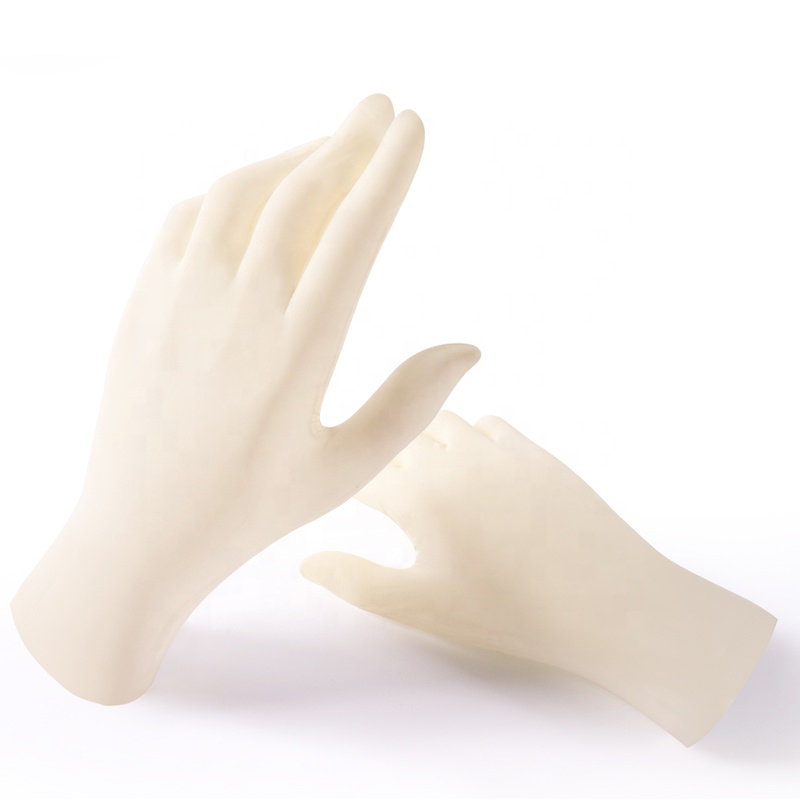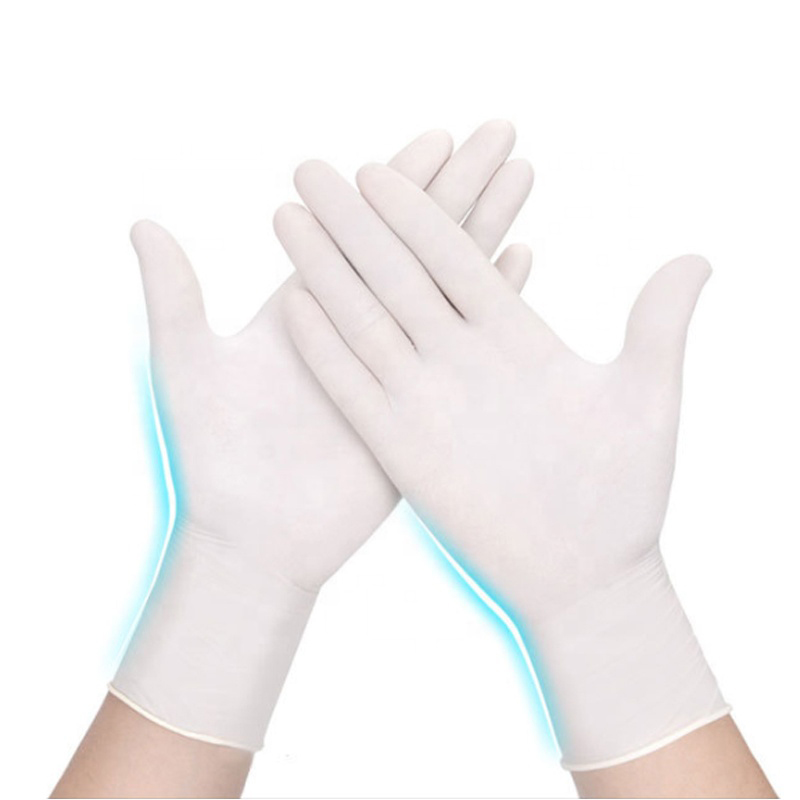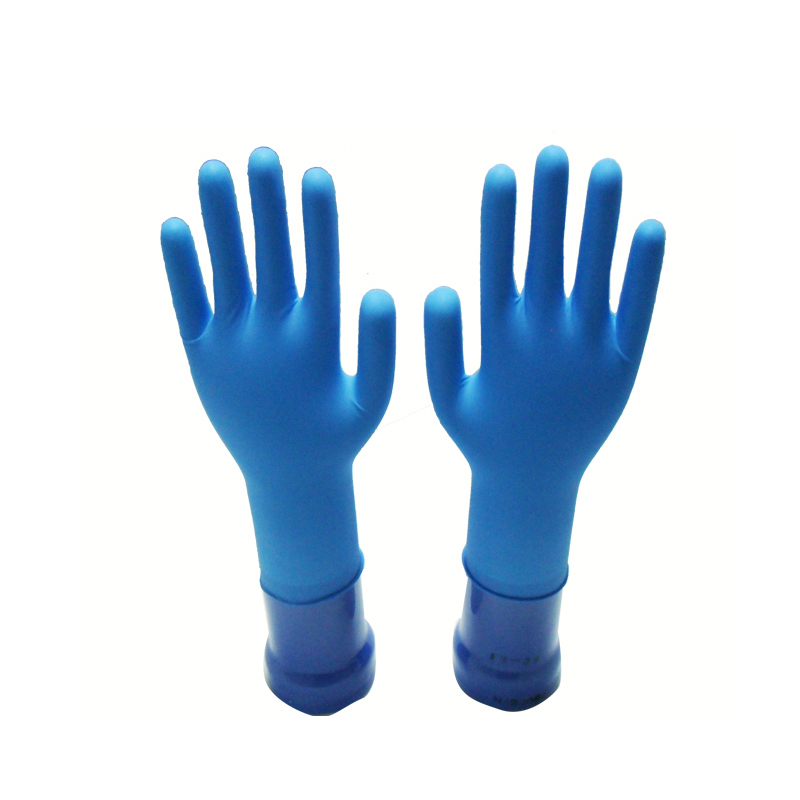Due to the continuous cultivation of tomatoes in greenhouses, and the precipitation in autumn last year was significantly more than in previous years, the occurrence of M. blight rarely occurred in many areas. In addition, because the disease has some similarities with the symptoms of cotton rot, it is difficult to determine, and some local farmers and retailers have unclear understanding of the disease, inaccurate judgments and other reasons, resulting in a large control effect of the disease. discount. In view of this, special instructions are now given on the above two diseases: The common features of Mianbing disease and cotton rot are: 1. Both belong to fungal diseases, and there are no peculiar smells and symptoms of bacterial diseases; 2. Fruits are mainly damaged; other parts rarely occur; 3. Diseases mainly rely on irrigation water, Rainwater and other media spread; 4. Occurrence is relatively common at the level close to the ground; 5. Temperature at 30 °C, relative humidity greater than 95% occurs more serious; 6. Environment last year continuous, low-lying and clayey soil environment easy Occurrence; 7. Occurrence of the disease is similar to the color, are brown. There are also many differences between cotton and fleas in cotton rot, and the oocysts of the disease are oozing spores or chlamydospores with diseased bodies in the field and become the first source of infection in the second year. The bacteria splashed on the fruit near the ground by rain, germinated and invaded the fruit. The diseased part produced sporangia, and the zoospores spread through rainwater and irrigation water and then infested. The temperature is about 30°C and the relative humidity is higher than 95%. At the same time, in the low-lying, soil-heavy land, the incidence is more serious. Greenhouse gray mold is similar to the site of damage, mildew layer color, etc., but when the disease conditions are basically the same, it is easy to mix. The disease is mainly responsible for fruit damage, fruit damage more than the following parts of the old and more, the initial water spots spots, gradually expanded, in the fruit on the top or shoulder surface smooth spots, the color is light brown, with the gradual increase of disease becomes Dark brown, when the humidity is high, it is often accompanied by a little white mouldy material in the bottom middle position. Finally it shrinks into a stiff fruit, does not soften and maintain its original shape, and the diseased fruit is easy to fall off. Eight Road Venture Network The cotton rot is caused by the fungal flagellin, Pythium infestans and Pythium infestans. The oocysts or mycelia are overwintering on the surface of the soil, and the zoospores are splashed on the lower fruits by rain or watering in the fields, causing the disease. The pathogen prefers a warm and humid environment. It is susceptible to disease at about 10-30°C and relative humidity above 95%. In addition, in the low-lying terrain, field water, soil viscosity of the land is susceptible to infection by bacteria. At the same time, the disease is spread by rainwater and irrigation water, so the damage to the fruits near the ground is more serious and the chance is greater. At the same time, it is susceptible to disease during the mature period and is accompanied by fruit cracking due to different physiological periods. The color of the disease is brown. After the whole fruit rots, the appearance of the victim does not change color. This is the biggest difference with the M. blight. Prevention and control countermeasures: 1. Perform crop rotation, try to choose land plots that have not been planted with solanaceous vegetables for 3 years; 2. Choose land plots with high topography and unobstructed drainage; 3. Choose soils with uneven sand type; 4. Renovate and fight in time. , Remove old leaves and leaves, enhance ventilation; 5. Cover the ground as much as possible to prevent the spread of germs with rainwater and irrigation water; 6. Remove the diseased fruit in time, bury it deeply or burn it down; 7. Chemical control: Combine early and late blight Comprehensive prevention and control: At the initial stage of the disease, Mayampoo (80% Triethylphosphonate) + Good Zinc (80% Propylene Zinc) + trace elements can be sprayed 800 to 1000 times, respectively, at intervals of 7 days; Can choose to use the palm of the famous diamond (80% enoyl morpholine 3000 ~ 4000 times) + good zinc Thai (80% Procinon zinc) + trace element 800 ~ 1000 times + Jundian (80% pyrimethanil 1000 ~ 1500 times), or 80% propionic zinc + iprodione 800 ~ 1000 times + 20% dimethomorph SC800 ~ 1000 times + trace elements 800 ~ 1000 times spray, the first time interval 5 ~ 7 days integrated prevention and treatment. Viruses and bacteria are everywhere. Preventing them in advance is the best way to reduce the risk of infection. Wearing a mask and washing hands frequently are crucial. The new type of coronavirus has the characteristics of contact transmission, and the fact that the virus exists on the doorknob of patients with pneumonia has also shown the necessity of paying attention to hand hygiene and wearing disposable protective gloves.
Whether it is going out to purchase daily necessities or buying through online platforms, it is inevitable to come into contact with "foreign" items, such as supermarket shopping carts, packaging bags, express packaging boxes, etc., and more things need to be touched after resuming work, such as It is inevitable to take public transportation, elevators, etc., these places may have been touched by patients or suspected patients. Wearing disposable protective gloves is an effective means to reduce the risk of infection when there is no condition to wash your hands at any time.
Medical Glove,medical nitrile gloves,Disposable examination medical gloves,surgical gloves Shanghai Rocatti Biotechnology Co.,Ltd , https://www.ljdmedicals.com


